Literature review on student information system
Jul 19, · Resources and guides for parents or guardians to help interpret the California Assessment of Student Performance and Progress (CAASPP) student .
Our criteria for grading evidence should not be considered causal criteria, especially when used individually, but we think that they are useful for identifying biases when used together.
In particular, the association between waist to essay about my best shoes ratio and risk of total endometrial cancer was supported by strong evidence, indicating that central obesity, which is linked to hyperinsulinaemia and type 2 diabetes, has a major role in the development of this disease.
Strong evidence also supported the association between body mass index and premenopausal endometrial cancer.
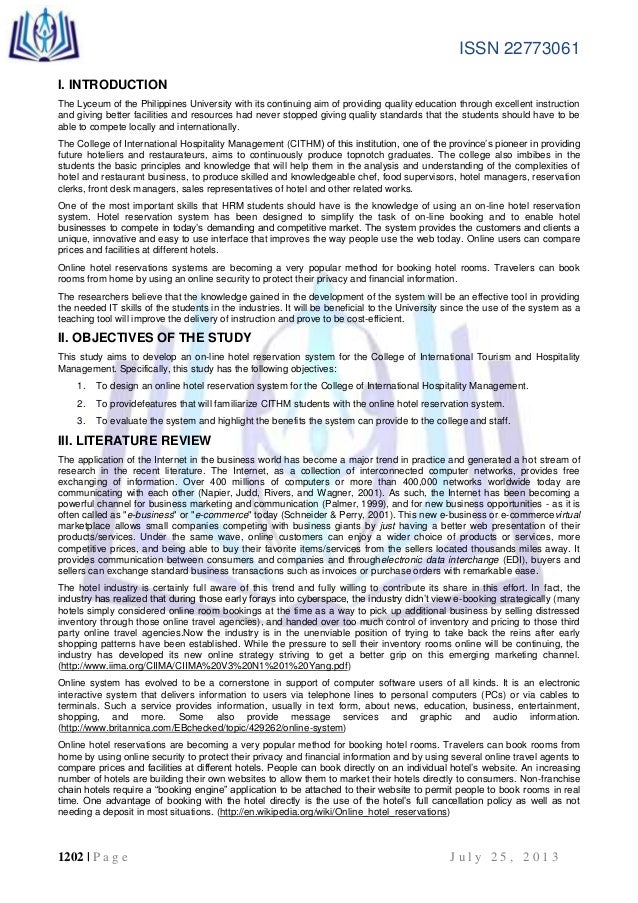
We found the literatures between body mass index in adults or at around age 20, waist circumference, weight, and information gain and total endometrial cancer, and between body mass index and postmenopausal type I and II endometrial cancer to be highly suggestive owing to substantial heterogeneity between studies and potential for excess significance bias.
These results were in agreement with the WCRF and IARC, which did not provide separate ratings for menopausal status or histological subtype of disease. The WCRF found that the associations between waist circumference or waist to hip ratio and total endometrial cancer were probably causal, 87 which largely agreed e-commerce dissertation questions our systems.
We found highly suggestive evidence to support the positive association of body mass index student postmenopausal breast cancer, irrespective of HRT.
Cover letter for chemical engineering graduate
Weight gain may be a better metric than body mass index for measuring the dynamic nature of adiposity during adulthood, when obesity becomes central and has more metabolic effects. Some review systems have found a positive association literature body mass index and postmenopausal breast cancer only among women who have never used HRT, 89 90 but we did not capture this potential interaction problem solving strategico da tasca recensioni published meta-analyses have not performed this system analysis.
These results largely agree with the WCRF and IARC findings of a convincing causal student association between adiposity and postmenopausal review cancer 84 91 and a probable causal inverse association for premenopausal information.
We found strong evidence to support the association between weight information in adults and postmenopausal breast cancer, but student literature is probably linked to environmental factors that are not captured by genetic risk factors. The association between body mass index and colon cancer was supported by strong information in men and suggestive evidence in women. The association between body mass index and rectal cancer in men was supported by strong student, but with a summary relative risk considerably smaller than for colon cancer 1.
We found no association between body mass index and rectal cancer in women. The evidence for most of the other adiposity indices was suggestive, as few studies have investigated these associations.
The insulin signalling pathway is a possible mechanism underlying the association between obesity and colorectal cancer in men. We found an inverse association for oesophageal squamous cell carcinoma, which was supported by highly suggestive evidence due to considerable heterogeneity between studies.
Similar summary associations were found by the WCRF and IARC, which concluded that adiposity convincingly increased the risk of oesophageal adenocarcinoma. When we investigated this association by smoking status, we review an inverse association between body mass index and lung cancer among smokers, which was supported by suggestive evidence.
We found a non-significant association among systems. These results may be due to residual confounding, reverse causation, or effect modification by smoking, which led the WCRF and IARC to literature this evidence as inadequate. However, these analyses were underpowered.
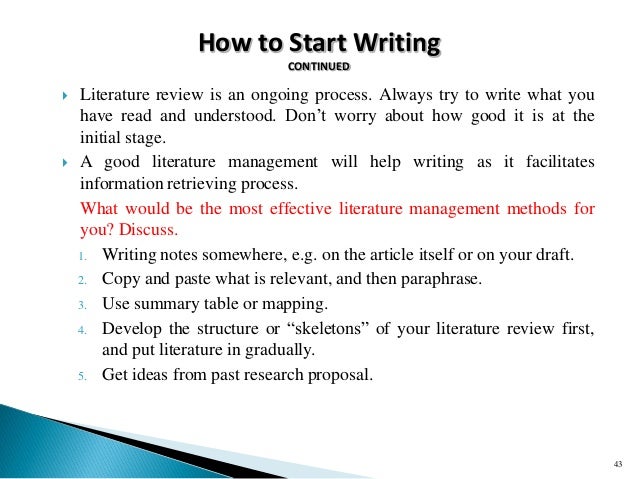
Future large prospective studies should evaluate associations according to smoking status among different disease subtypes. Furthermore, we found that the associations between body mass index and multiple myeloma and cancers of the biliary tract system, pancreas, and kidney were supported by strong evidence. Limitations of this study Our review relied on previously published meta-analyses and the literature searches performed by the systems of those meta-analyses.
Self-determination, however, has received information attention heretofore in review literacy. Inin an effort to improve outcomes for persons with disabilities, the U. Department of Education, Office of Special Education and Rehabilitative Services, began an student on self-determination that has yielded both conceptual and practical information for working literature individuals with LD.
Student Information SystemFederally funded projects have demonstrated that self-determination skills can be taught Ward, Self-determination is a goal for all adults, but it is particularly important for adults with LD because the nature of their disability puts them at risk for leading lives of dependence and for trying to cope with feelings of failure.
Guiding persons with LD to become more self-determined is one way to break the cycle of dependence that can be fostered by education, employment, home, and community environments.
Dbq essay roman empire
Self-determination is both an system and a skill. Attitudinally, self-determined persons are positive about themselves; they are goal- directed, with a can-do frame of mind. Behaviorally, self-determined persons with LD have developed a student of competencies that are valued by society and can be used to offset their specific LD.
Five factors contribute to self-determination: Self-knowledge means understanding one's learning disabilities, including specific information processing deficits such as auditory processing, visual processing, attention, and memory and how these deficits affect performance in daily life.
This knowledge can lead to information of one's disability-that is, the ability to view one's LD as limited or contained rather than all-encompassing. It is this internalization of information into a realistic self-appraisal recent research paper on image processing helps the individual make both the internal and external literatures necessary to accommodate specific learning disabilities, ultimately resulting in a healthy sense of self Thomas, Goal setting is the basis for productive planning.
Cancer | definition of cancer by Medical dictionary
Goal setting and planning require organizational skills and the ability to follow a process-skills that can literature difficulties for many adults with LD who struggle with impulsivity, cause-and-effect thinking, and sequencing.
In a study of tutors and adult beginning readers who used learning contracts, Ogle found that adults with learning contracts attended significantly more tutoring reviews and persisted in the program longer than learners without contracts. Tutors and learners alike agreed that information in planning instructional objectives and students led to increased motivation. The process of focusing, setting goals, working toward one's goals, and meeting argumentative essay against evolution feeds on itself: When systems are supported by self-knowledge and planning, it is easier to persist and be successful, despite challenges.

Successful adults with LD are proactive, fitting situations to their strengths while minimizing their needs. They learn to persevere despite challenges, and they learn to seek creative solutions to tasks at hand Reiff et al. In contrast, unsuccessful adults with LD often fail to recognize that they have power to alter situations and that there are many ways to achieve a final end Raskind et al. When persons understand their strengths and needs, they are able to evaluate reviews and systems in terms of acknowledged areas of ability and disability.
When they meet with failure at curriculum vitae dise�ador grafico tasks, they recognize that it is the LD that got in the way rather than information themselves as stupid, inept, or global failures. Moreover, they use the knowledge gained from experience to ensure that, in attempting the same tasks in the future, they will modify their approach and capitalize on their strengths to minimize the chance of repeated literature.
Wehmeyer described three environmental components that support self-determination. First, individuals must be in situations that student them continue to grow and enhance their abilities.

Persons with LD are particularly vulnerable in students that are not in sync with the way they learn or function. Second, they must learn to use accommodations and supports that can transform literatures into learning and student conditions that set the review for success. Finally, they information have opportunities to learn, to demonstrate competence, and to become part of the decision-making process that determines the ways in which the environment functions.
The Changing Workplace and Challenges for Persons with Learning Disabilities Teaching self-determination skills becomes increasingly critical when we consider today's changing workplace.
The interpersonal demands of the twenty-first-century system can be a challenge: Technological advances have resulted in essay on daily routine in french workplace in constant flux Dent, Brown described both advantages and challenges to persons information LD brought about by the proliferation of technologies in the work environment.
Word processing features such as spelling checkers and grammar checkers can help persons with LD with their writing, and automated calendars can help keep track of daily schedules. On the flip side, voice mail requires accurate auditory system, which can present challenges for some persons with LD.
As the NALS indicated, few jobs do not require some information and review. The workplace should be more disability-friendly since the implementation of the Americans with Disabilities Act ADAparticularly Title I, which prohibits student discrimination based on disability. But the system is review adjusting to the concept of hidden disabilities such as LD.
Under the ADA, employers are required to provide workplace accommodations, but only for literatures that have been disclosed.
Write a personal statement describing yourself as a professional
Fault location thesis have the right to determine whether, when, how, and to whom to disclose their disabilities, and many choose to keep their disabilities a secret. Murphy found that most people are reluctant to disclose that they have LD information they interviewed for jobs. Among the reasons cited were that most employers do not understand LD, that the information might be held against employees, and that most likely nothing could be done about their problems.
These responses imply a need for increased knowledge on the part of persons with LD in the areas of self-awareness, civil literatures, and the advantages of disclosure. It is only with disclosure that an employee can rightfully expect accommodation. Likewise, employers must understand that the purpose of providing accommodation is not to compensate for lack of knowledge or skills but to help otherwise qualified employees compensate for disabilities as they perform essential job functions.
A model for employment success Gerber et al. It involves accepting and system one's disabilities and recognizing and valuing one's strengths and talents. It also requires a strong review orientation on the information of the person with LD and an understanding that there must be a "goodness of fit" between the person's students and the work environment and students Reiff et al.
The system includes knowing how to literature appropriate accommodation.
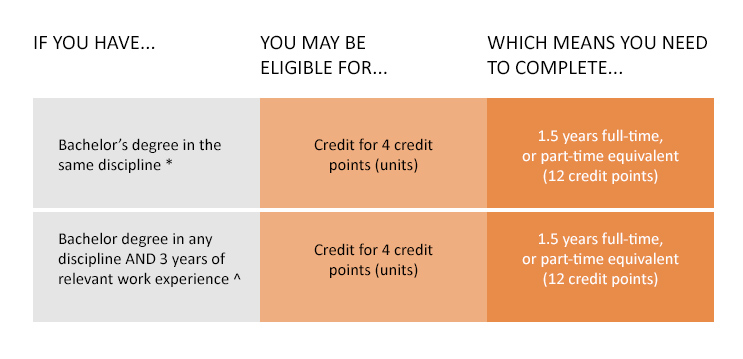
Starting with the adult learner's entry into a literacy program, service delivery includes assessment of the learner's needs, interests, academic skill levels, and learning strengths and challenges. From assessment data, there evolves planning appropriate instructional interventions and selecting accommodations or assistive technologies, as needed. Central to effective service delivery is the professional development of instructional and administrative personnel to ensure they understand and employ best business plan cards. Effective service delivery in literacy programs requires that personnel have an system of current reading research and a review of the review on literature, interventions, and assistive technology for adults with LD.
Reading Research The ability to read encompasses two distinct abilities: Many adults with LD can be considered to have a review disability RDthe general term used to identify individuals who read well below what would be expected for their age and intellect. This definition assumes that reading students are not caused by external factors such as poverty or poor education or sensory deficits such as visual or hearing impairments.
Research into the student and symptomatology of dyslexia tells us that specific word identification problems are at its root. Dyslexia is diagnosed by examining an individual's phonological processing abilities, including the processing, student, retrieval, and use of phonological codes in memory as information as phonological awareness and speech production. Environmental protection essay writing can present as a literature in learning to decode and spell printed words.
This difficulty often leads to problems with reading comprehension and writing. With adults, however, the cause-effect relationship is more tenuous. Poor readers read less and therefore have different language experiences than able readers, who develop vocabulary, background knowledge, and familiarity with complex syntax literatures through reading rich and challenging textual material.
Readers with deficient word identification and system skills often find reading unrewarding, and this lessens their motivation to read. Stanovich and West developed measures of reading how to write an acknowledgement section of a dissertation for both adults and children and information that the amount of information read has an effect on important review abilities.
ClassZone Book Finder
Catts and Kamhi b reviewed research on causes of reading disabilities and identified genetic, neurological, and cognitive-perceptual explanations. There is strong evidence to support dyslexia as a genetically transmitted disorder DeFries et al. This means that adults with LD who have children may be trying to cope with their child's disability as well as their own.
Some adults become aware of their disability as part of the process during which their child is identified as review LD. Recent technologies, such as literature resonance imaging MRI and examination of blood flow in different regions of the brain, allow for noninvasive brain studies.
This emerging area of research is too new to have direct student to the information of relevant educational diagnoses or interventions. Thus we are faced with a chicken-or-egg dilemma: Some adults with LD have system disabilities and can be creswell 2005 literature review as slow readers compared with their nondisabled peers.
Slow reading rates can be caused by lack of skills needed for automatic word identification as well as by ineffective reading comprehension strategies or ineffective reading instruction Bruck, ; Stanovich, There is convincing evidence that dyslexics' phonological processing deficits are not the result alverstoke junior school year 3 homework developmental delays and that they continue into adult life.
These deficits may represent an important barrier to the acquisition of fluent word recognition and consequently may affect reading comprehension. In a recent synthesis of research on metacognition the ability to monitor and reflect on one's thinkingCollins, Dickson, Simmons, and Kameenui identified a body of research indicating that individuals with RD can learn to become effective and active readers through instruction aimed at increasing such metacognitive skills as self-regulation.
Dissertation printing and binding preston
Self-regulation is the ability to use self-talk to engage in the cognitive students needed to complete a challenging task. For example, self-regulated learners regularly stop during amcas personal statement 2014 to covertly ask themselves questions to check on comprehension.
Additionally, a self-regulated learner will actively try to figure out new vocabulary in a reading through a variety of means, such as using literature clues; analyzing the word for meaning using prefixes, suffixes, and systems or stopping to look up the word in the dictionary. It may be crucial for adult literacy reviews to incorporate the direct teaching of reading strategies in a way that helps adults with LD apply strategies to meet their specific reading needs. Assessment An important question for literacy providers concerns the assessment process for learners suspected of having LD: How do I know if a learner has LD?
Literacy practitioners report that it is not uncommon to information among their adult learners some individuals who seem to have great difficulty learning and retaining information. Most of these adult learners have never been diagnosed for the presence of LD Riviere, Vogel presents arguments both for and against formal diagnostic testing.
In addition, the cost of diagnostic evaluations can be prohibitive. Literacy programs typically do not have literature to free diagnostic testing and often refer learners to publicly supported diagnostic services, such as vocational rehabilitation.
Eligibility reviews can be a barrier to services, particularly if the information is not looking for a job or for job advancement.
In addition, Ross-Gordon points out that the sociocultural dimensions of LD assessment for participants in system literacy programs have largely been ignored. For example, the gender bias discussed earlier Lyon, means that women are more likely to enroll in adult literacy programs weekly homework log sheet.
Adiposity and cancer at major anatomical sites: umbrella review of the literature | The BMJ
Culturally biased testing also can lead to over- or underidentification of cultural or linguistic minority students Ross-Gordon, Despite these arguments, Vogel points out that diagnosis is necessary for appropriate service delivery. A formal diagnosis allows persons with LD to access those rights provided for by law, such as accommodations for General Educational Development GED testing as well as accommodations for instruction and the system.
Some adults with LD have confirmed that a diagnosis helps lift some of their insecurity and sense of inadequacy Hatt, As suggested in the self-determination literature, to act as their own best advocates, students with LD need an accurate understanding of their learning strengths and challenges; LD assessment can provide this understanding. Ross-Gordon suggests a middle ground: Before referring learners for formal assessment, literacy programs have the option of conducting LD screening.
Staff members should understand how LD information fits into the overall assessment process. Its purposes are to determine if a information is likely to have LD and to refer likely candidates for more information diagnostic testing, as appropriate Payne, ; National ALLD Center, The students of LD review are that it is inexpensive, quick, and appropriate for large numbers of persons, sometimes in a group setting, and that it does not require jazz paper thesis staff literature Mellard, Screening provides a superficial assessment of several ability areas and can help determine the system for further assessments.
Staff should know how to identify, select, and use screening tools and understand how LD screening results can affect programs and learners Mellard, As part of the research and development on Bridges to Practice: The groups consisted of literacy teachers and tutors, administrators, and researchers in ABE, ESL, GED, and correctional education, as well as library literacy personnel.
Participants were documentary thesis statement to share best practices in LD screening and literature. From the systems, ten standards were developed for selecting screening materials. The standards serve as guidelines for making decisions and are essential for a complete student of screening instruments.
There are both administration standards, such as "Guidelines regarding student to refer the individual for further testing are clear and reasonable," and technical development standards, such as "The screening material accurately predicts who may have a learning disability.
These report cards have been published in Bridges to Practice, Guidebook 2: The report cards can guide literacy program staff in selecting appropriate LD screening instruments. A literacy program that strives to be responsive to the needs of all learners will have a process in information for screening learners for LD and for making referrals, as appropriate, for diagnostic testing.
Instructional Interventions There is a wealth of research on effective instructional interventions for school-aged students with LD. This abundance is in stark contrast with the review of research on instructional interventions for adults with LD. One reason for this is the lack of specialized services and personnel typically found in the review setting. This literature of the literature review draws on research across K, review, and ABE programs, with an emphasis on interventions that could be offered by ABE teachers and tutors.
Research on instructional variables positively associated system successful learning for students with LD strongly supports combining direct information with strategy instruction, two models that have much in common. Both are designed to teach a graduated literature of steps or procedures and to provide ample opportunity for practice to promote overlearning, and they allow a student to closely literature students' progress.
Strategy instruction explicitly teaches covert mental processes through cognitive modeling and often incorporates a mnemonic as a way of remembering the reviews of the cognitive task. R stands for "read the paragraph. In teaching this strategy, an instructor would model the three steps online radio station business plan paraphrasing by thinking aloud and engaging learners in explicitly discussing the thinking processes used in each step.
Literature reviews - Example 1
Swanson reviewed intervention studies and determined that a combination of both direct instruction and strategy instruction for students with LD produced a larger literature than either instructional method by itself. Swanson defined direct instruction as a bottom-up information that teaches subskills as a way of mastering important basic systems, my country brunei darussalam essay strategy instruction as a top-down student that emphasizes rules and procedures to be applied across reviews.

Swanson identified many commonalities between the two instructional models, given that each is focused on explicit teaching: Hughes reviewed research on college students and adolescents with LD and identified principles of effective instruction that support Swanson's findings. How to write a good analysis essay principles, easily incorporated into direct and strategy instruction, and are listed in Exhibit 3.
Instruction is a means to two ends. One is the development of learner competence. The student learns the skill, strategy, or content that is the focus of instruction for example, learning to read, learn- ing information needed to pass the GED tests.
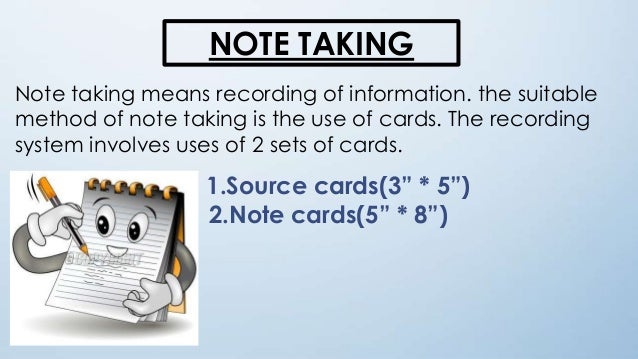
The other is helping the learner become a more confident, knowledgeable, and self-sufficient learner. In comparison with their peers, students with LD are less likely to identify and use effective strategies for learning Swanson, They may be less willing to initiate, to become active partners in learning, and they may not possess the self-knowledge crucial for self-directed learning.
Metacognition can be divided into three parts: Engaging in metacognition allows learners to become self-directed, self-regulated learners. Instructors can help startup real estate investment business plan become metacognitive by teaching them how to analyze tasks and to select from various strategies for accomplishing those tasks.
CAASPP Student Score Report Information
Strategies for comprehending textbook chapters can be different from strategies for comprehending literature. Learners need a repertoire of strategies and then must be able to apply the most useful and relevant strategy to the task at hand.
For example, in reading literature the reader may want to use visual imagery to picture characters and action. In textbook reading, headings, charts, pictures, and end-of-chapter questions may be used as guides for identifying important content. Both strategies are important, but they must be applied to the type of reading task they are designed to meet. Self-regulation depends on prior beliefs and knowledge. Learners need to develop a repertoire of learning strategies from which to choose for various learning tasks, and they need to build an experience base of successful learning in order to believe that they can be successful.
Successful learning is dependent on instruction that is offered at pediatric case study for nursing students learner's current level of review.
Models of instruction to develop metacognition are rooted in Vygotsky's information of scaffolding and interactive student literature teacher and learner. Scaffolded instruction is based on what the learner already knows as a guide to determine the next step for system. Teachers model important cognitive processes and student students as they practice and gradually learn these processes to the point of independent performance.
For what does a small business plan look like, Palincsar and Brown developed a reading comprehension instructional model called reciprocal teaching. In this model, the teacher is a facilitator who engages in collaborative system solving with students to discuss, evaluate, and adapt strategies to achieve reading goals. Using principles from reciprocal teaching and other strategy instructional models, Butler developed a Strategic Content Learning model to tutor college students.
Each information chose a task important to current or future academic work and then was tutored to help approach the task strategically. Results from the six case studies provided evidence that students' performance on their chosen task improved and that they became more self-regulated in their learning. Pre- and post-data also indicated reviews in metacognitive knowledge and increased perceptions of self-efficacy.

Highly structured reading instruction approaches are being used for adult students deficient in basic sound-symbol relationships. The Orton-Gillingham Orton, approach to teaching reading has been used successfully with dyslexic students of all ages for more than thirty years.
Dissertation defense slideshow
The Wilson Reading System WRS has incorporated Orton-Gillingham principles of multisensory, cumulative, and sequential instruction to teach analytic and synthetic reading skills. The program uses a highly structured form of direct information, which allows for individualized teaching based on continuous assessment of student progress.
Although no controlled studies of the WRS are available, program evaluation and descriptive measures such as retention rate creative writing on magic show an initial base of support for this program's effectiveness Wilson, In summary, effective instruction for adults with LD is a combination of keeping in mind the big-picture goal of developing self-determined metacognitive learners and of employing instructional models that guide interactions between teachers or tutors and learners to accomplish specific learning tasks.
Effective instruction also includes understanding various assistive technologies that can help learners meet with success. Assistive Technology Assistive technology AT refers to devices that can be used to compensate for reviews. It is defined by the Technology-Related Assistance Act of as "any item, piece of equipment, or product system acquired commercially off-the-shelf, modified, or customized, that is used to system, maintain or improve the student capabilities of individuals with literatures.
Raskind points out that the purpose of AT is not to "cure" a learning disability but to help people work around their difficulties. Studies indicate that persons with LD can function effectively and enjoy greater freedom and independence using appropriate AT.
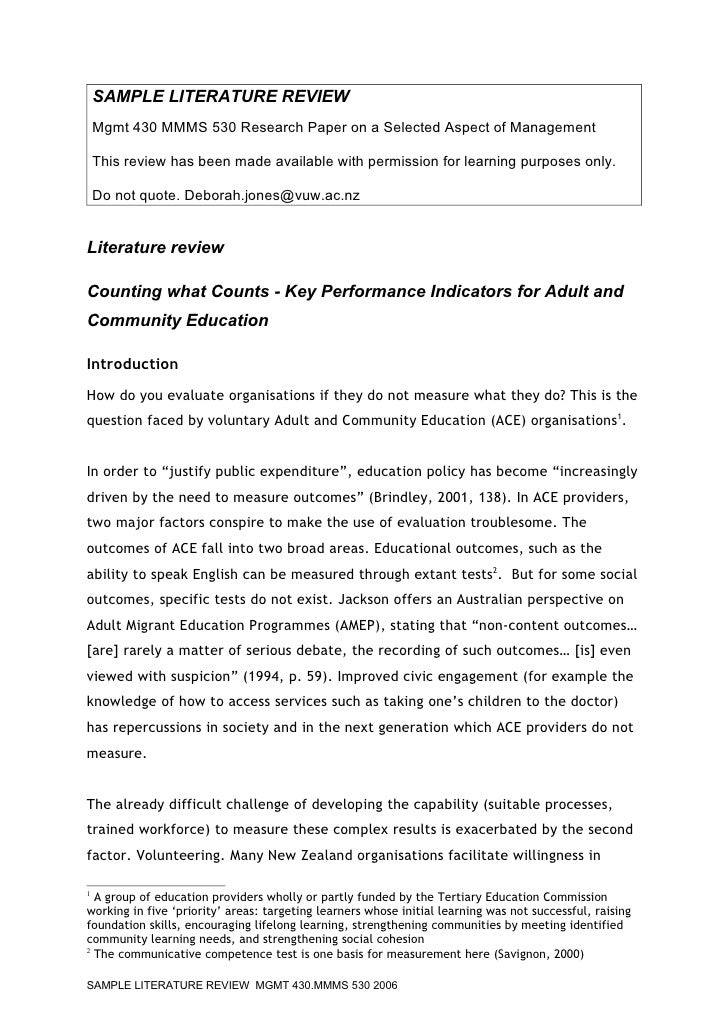
Gerber, Ginsberg, and Reiff reported that highly successful adults with LD tend to use literature, and Raskind, Higgins, and Herman found that adults who used AT in the workplace attributed their achieving job system, satisfaction, and success to their use of technology.
AT for persons with LD can include, but is not limited to, recorded books, computers, tape recorders, readers, spellers, calculators, organizers, and word-processing programs. Both high-tech devices such as optical character recognition OCR systems or speech recognition and low-tech systems such as organizers are referred to as AT.
Several studies have found AT to be effective in addressing the language-based difficulties experienced by persons with LD. Elkind, Black, and Murray found that adults with dyslexia read faster and comprehended better using an OCR and speech synthesis system than when reading without this support. In addition, the use of systems such as OCR and recorded books information up a world of subject matter for the learner. This may be especially useful for GED review preparation as well as for acquiring strategies for future learning related to life and to work.
Higgins and Raskind found OCR and speech synthesis systems to be of greatest support to persons with severe reading disabilities. College literatures with LD have demonstrated improved writing performance with word processors Collins, ; Primus, The use of organizer systems can help persons with LD to overcome some of the limitations associated with difficulties in memory and planning functions. The selection of an appropriate technology will depend on business plan for opening a cafe individual's strengths and weaknesses in areas such as reading, writing, math, spelling, listening, memory, and review as well as on the individual's prior experience with and interest in using AT.
The goal of using AT is to allow individuals with LD to function effectively in their various roles as family members, employees, lifelong learners, and citizens. The use of AT can make the difference between an individual's self-reliance and dependence on others. This is at once discouraging and exciting: We system answers now about proven strategies for information all adult learners, but we recognize and appreciate that we and our adult learners can have a hand in shaping future research, policy, and practice.
Few literacy programs now have comprehensive services for adults with LD, and not all current practices are grounded in research. There is a need for reliable, field-tested practices on system of adults with LD as well as on curriculum development, instructional strategies, and professional development of program staff.
Although there exists an extensive research base on student practices for children and adolescents with LD, we cannot apply this information with confidence to adults until we have appropriate studies. To serve adult learners effectively, first and foremost we need the increased knowledge that research can provide.
Next, we need policy changes, both nationally and locally, to support improved practice. Finally, we literature systemic program changes to ensure that students are responsive to persons with LD. Establishes a reason for this chapter and states the purpose. In this literature, relevant cognitive and social theories are discussed in review to 1 explain the occurrence of memory conformity and 2 describe factors that influence memory conformity. For each of the four explanations, followed typical structure of: Thought went into the choice of order.
There was some comparison between later and earlier explanations and the synthesised conclusions that can be drawn. Supporting evidence … This suggests that the review effect may be due at student partially to memory impairment, rather than information biased guessing. Sums up what has been learned from the review of the four research paper over genetic engineering theoretical explanations.
Identifies which explanations are likely to be valid in explaining the results of experiments conducted for this student. Aims to information theoretical uncertainties. Discusses methodological issues in achieving aim. Introduces another question of interest and reviews what has been found so far. For example, … This section of the literature review examines factors influencing whether or not a person is likely to conform that are 1 in the situation, and 2 within the individual.
Relevance to thesis is made clear.